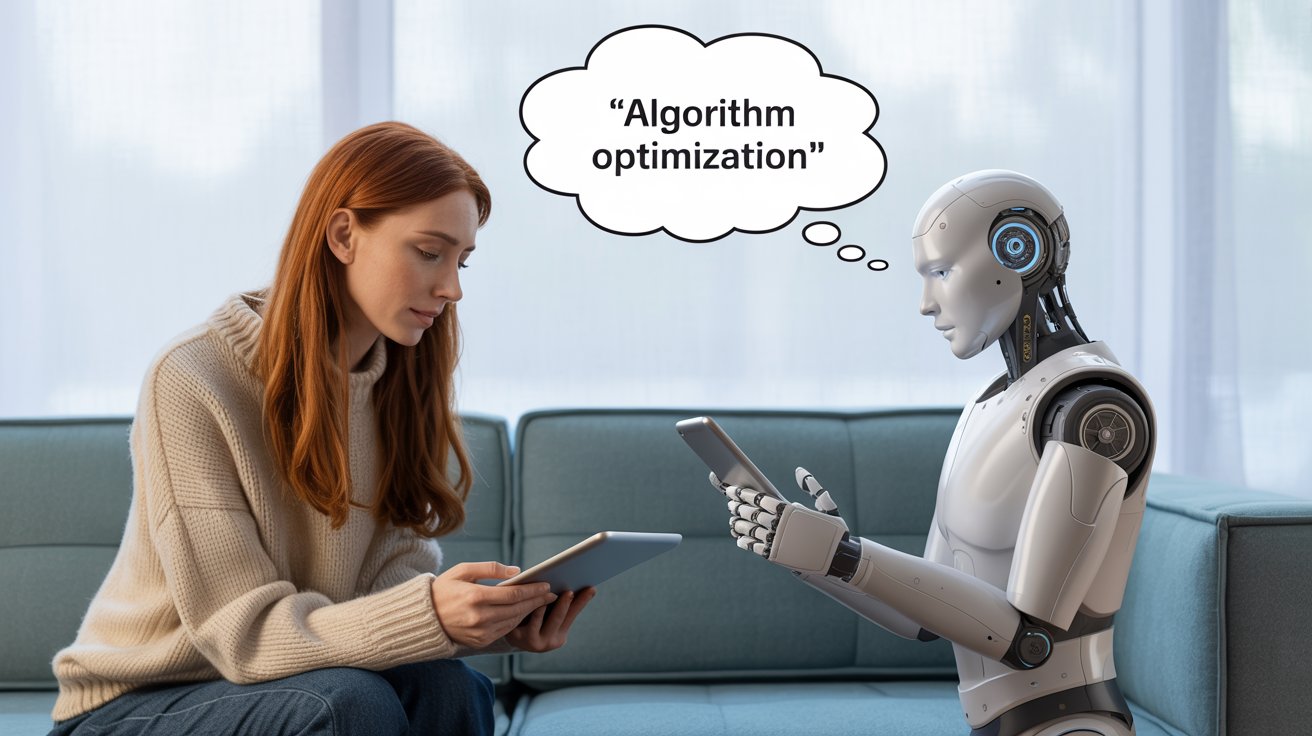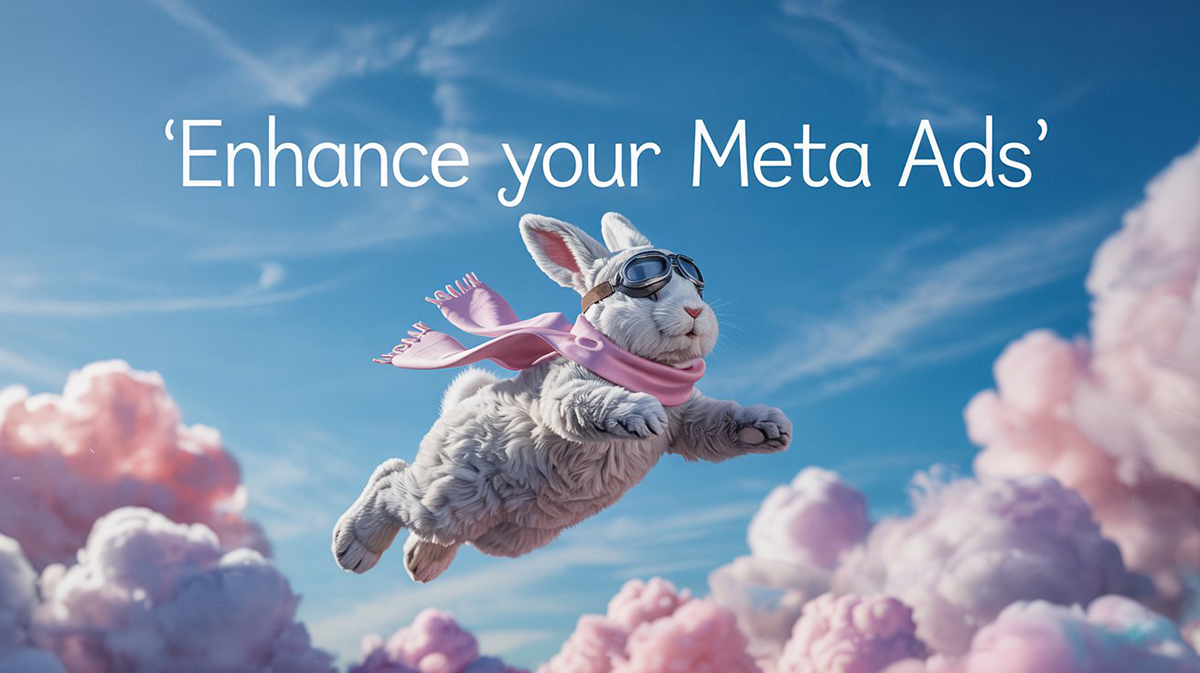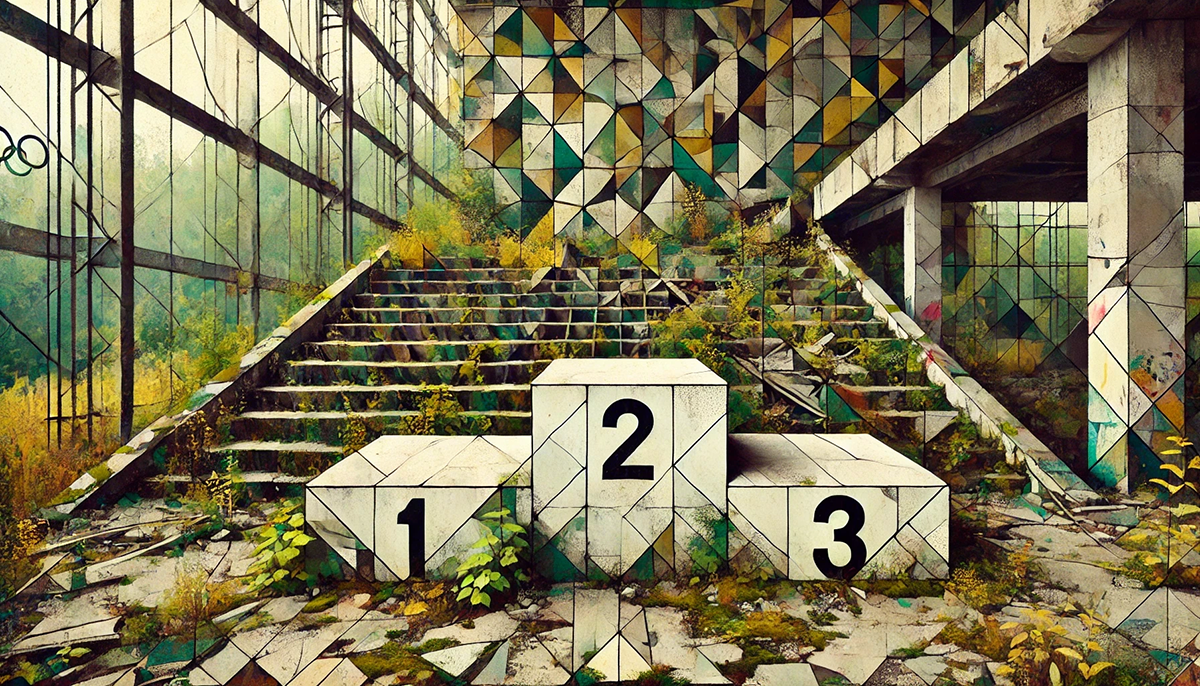content
The term generative content has travelled a long way in just half a year. In January 2025, Google Marketing Live devoted its opening keynote to “AI-Max”, a set of tools that write headlines, build images and splice six-second videos without human hands — but always under human direction. By early spring Meta had rolled out a revamped Advantage+ Creative that automatically masks backgrounds, adds branded colour washes and promises a 16 percent lift in click-through rate compared with static ads (Meta Product Update, March 2025). Adobe followed in February with GenStudio, a production line where designers approve rather than create assets (Adobe Press Briefing, Feb 2025).
These releases share a single economic driver: platforms need larger, faster-rotating libraries of ads to feed Smart Bidding algorithms. Freelance designers and copywriters cannot scale at that pace. Generative models fill the gap, leaving the marketer as editor-in-chief.
From Playground to Profit: Early Commercial Wins
When text-to-image tools first appeared, marketers used them for playful social posts. That hobbyist phase is shrinking. A May 2025 case study from the EU E-Commerce Journal reports that fashion retailer Zalando replaced 70 percent of studio product shots with AI-generated “digital twins”, cutting production costs by 90 percent while holding conversion steady. On the other side of the Atlantic, Shopify Magic now suggests lifestyle backdrops for merchants who upload plain packshots; the platform attributes a 9 percent mobile conversion lift to those richer contexts (Shopify Engineering Blog, April 2025).
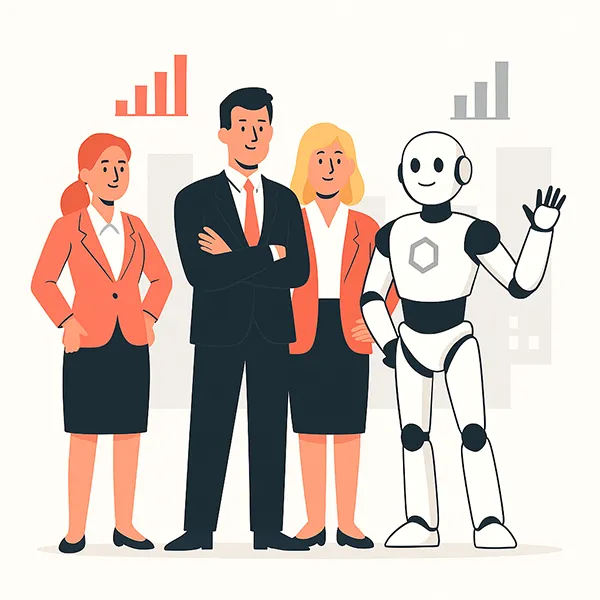
Two patterns emerge. First, AI is most effective when it is trained on brand-specific data rather than generic stock. Second, operational savings often arrive sooner than revenue gains; the twin goals should be measured separately.
How the New Toolkits Actually Work
Google Ads. After the April 2025 “New Creative Capabilities” update, advertisers can upload brand guidelines. The system then proposes several image or short-form video variations and automatically A/B tests them inside Performance Max.
Meta Ads. The refreshed Advantage+ Creative analyses the primary object in a photo, isolates it, and generates complementary versions: blurred backgrounds, dynamic aspect ratios, colour overlays. The algorithm settles on the best mix after roughly 500 impressions.
Adobe GenStudio. A dashboard maps campaign milestones and lets designers press Generate to receive an array of assets already checked against brand rules. Comparable small-business-oriented services, such as Pencil, mirror this workflow at a lighter price point.
(Large language model, LLM: a neural network trained on vast text corpora to predict the next word. In this context it supplies ad copy.)
E-Commerce Verticals Feeling the Shift
Fashion, beauty and furniture were the first to adopt AI imagery: the products are visually rich, and consumer preference shifts quickly. Less obvious but fast-growing is packaged food. Generative engines now add realistic condensation to beverage cans or enhance chocolate textures once reserved for expensive CGI. As algorithms learn material science, sectors that rely on tactile appeal rather than pure information will feel increasing pressure to adapt.
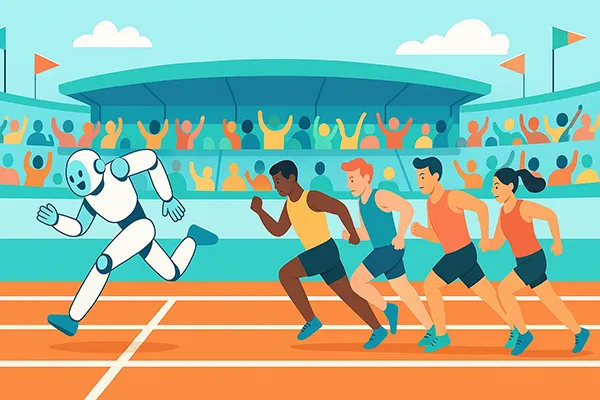
Regulatory and Platform Guard-Rails
So far, Google’s ad policies focus on what you promote, not how you produce the creative. The May 2025 update to the Personalised Ads Policy tightened rules around medical targeting but left generative assets untouched. During the June Search & AI Summit 2025 Google hinted at two possible controls:
- a mandatory “AI-generated” label on ads that cross a realism threshold;
- stricter review of deepfake-style videos in sensitive categories such as finance and politics.
If Google follows YouTube’s path, disclosures will act as gentle transparency rather than traffic throttles. Only deceptive practices — fabricating promotions, forging testimonials — are likely to trigger hard bans.
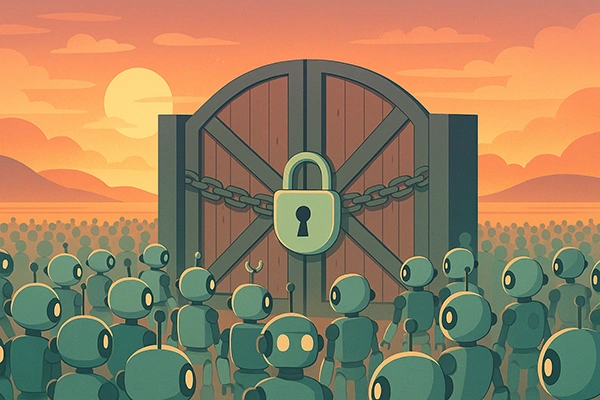
Is Generative Creative Right for Your Business?
Not every company needs an AI studio on day one. Below are three signals that testing is worthwhile:
- Product catalogue turns faster than your photo shoots.
- Ad click-through rate is falling while bids remain stable.
- Content production already erodes gross margin.
Start simple. Meta’s Advantage+ and Shopify Magic both work with as few as ten high-quality photos. Set a small budget, isolate one campaign, and track two metrics separately: production cost per asset, and cost per acquisition (CPA). A 10 percent CTR gain or a 15 percent CPA drop is common in early pilots; at that point, consider deeper platforms such as GenStudio.
PMax: a Practical Guide to Higher Return without the Black-Box Blues
Field Notes from ADV Advantage
- Keep humans in the loop. Generative tools can spit out 30 headlines in a minute. Only a brand insider spots clichés or legal red flags.
- Tie assets to outcomes. With hundreds of variants in Performance Max, link each creative ID to conversions in Google Analytics; otherwise learning stalls.
- Retrain, don’t replace designers. The best results come when creatives guide models with mood-boards and style prompts instead of starting from a blank canvas.
Looking Ahead
Generative creative is no longer a novelty. For small businesses it offers two advantages: speed and scale. Regulatory clouds exist but appear focused on transparency, not prohibition. The practical question is timing: adopt early, define guidelines, and measure ruthlessly. Treat AI as a junior art director who works at light speed yet still relies on your brief. In doing so you convert a buzzword into a repeatable edge — and keep your marketing budget pointed at growth rather than production overhead.
Subscribe to our newsletter

